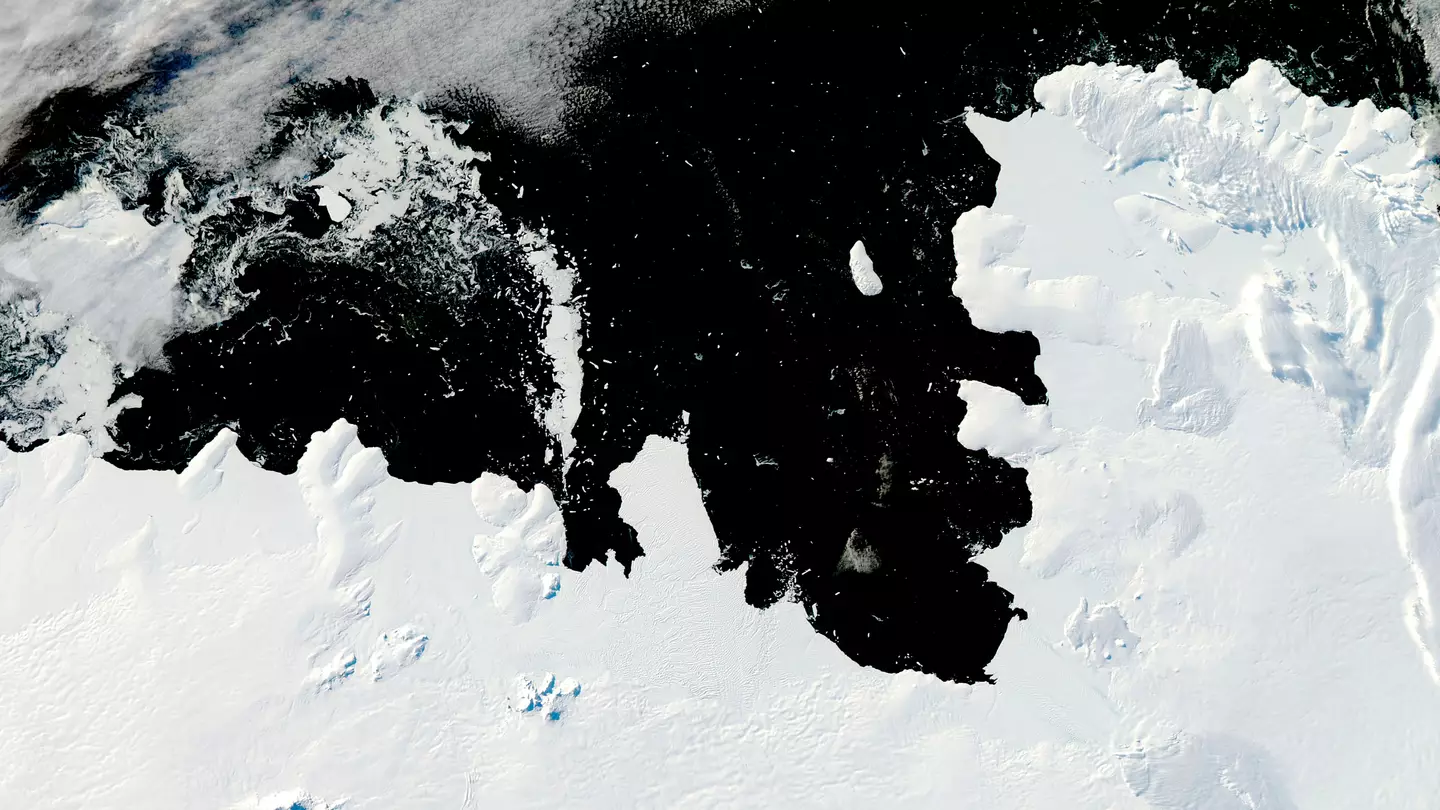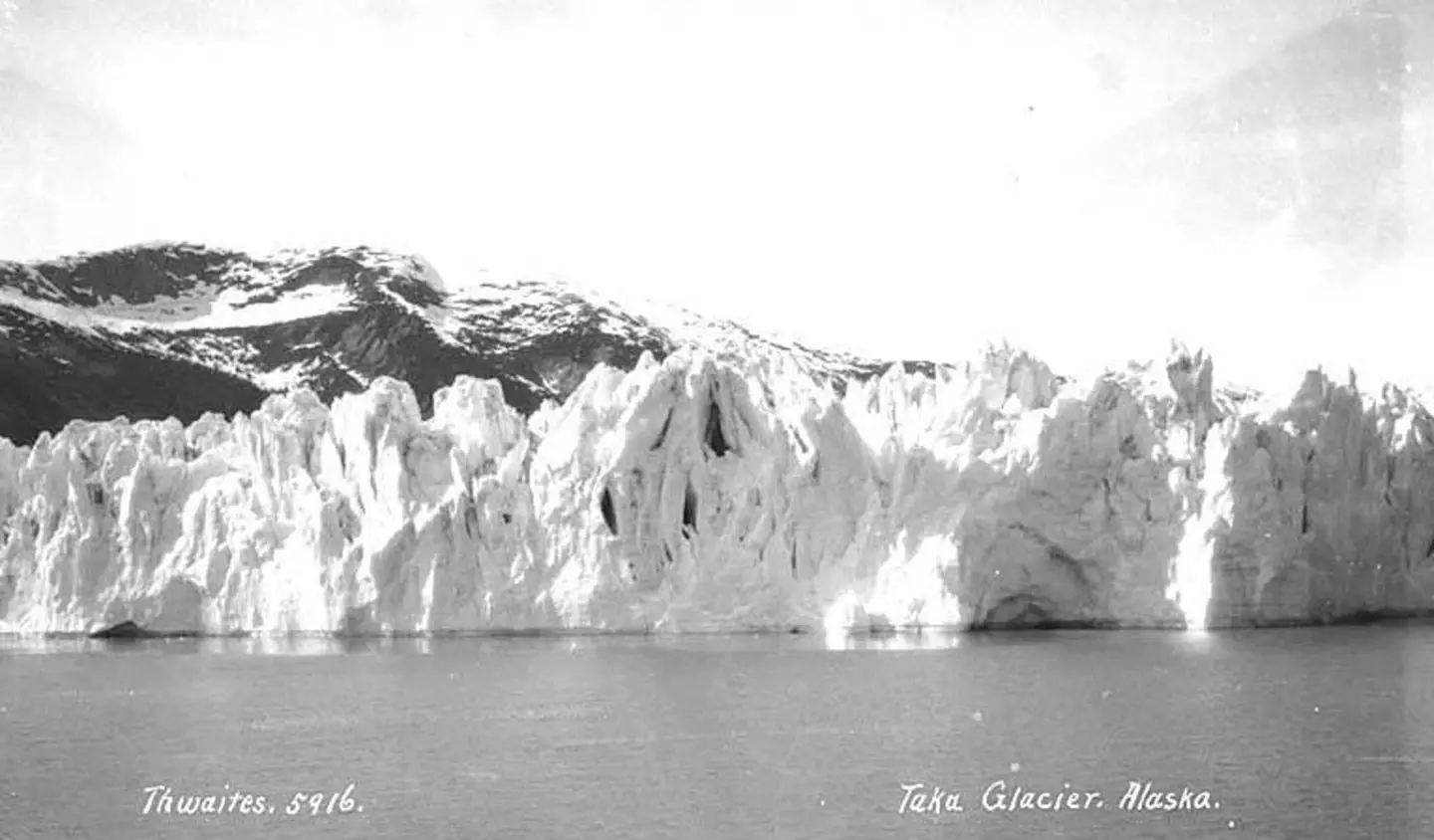
Scientists have warned that Antarctica’s Thwaites Glacier is fracturing and could shatter like a ‘car window’.
The huge glacier is around the same size as Great Britain and has been nicknamed the ‘Doomsday glacier’ because of the impact its melting would have on rising sea levels.
Currently, Thwaites Glacier’s melting is already responsible for around four percent of the annual global sea level rises, dumping around 50 billion tonnes of ice into the sea each year.
Advert
However, researchers say this is speeding up and have warned that we could see ‘dramatic changes’ in just a few years time.
Glaciologist Prof Ted Scambos, US lead coordinator for the International Thwaites Glacier Collaboration (ITGC) told the BBC: "There is going to be dramatic change in the front of the glacier, probably in less than a decade. Both published and unpublished studies point in that direction.

"This will accelerate the pace (of Thwaites) and widen, effectively, the dangerous part of the glacier.”
Advert
In the past three decades, Thwaites Glacier’s outflow speed has double and scientists from ITGC now know how this is happening - warm water is getting under Thwaite's ice shelf and melting it from beneath.
The warm water makes the ice weaker, meaning it runs faster and is pushing back the area where the main body of the glacier becomes buoyant. If the glacier were to melt completely it could raise sea levels by 65cm.
Dr Scambos told the American Geophysical Union: “Thwaites is the widest glacier in the world.
“It’s doubled its outflow speed within the last 30 years, and the glacier in its entirety holds enough water to raise sea level by over two feet. And it could lead to even more sea-level rise, up to 10 feet, if it draws the surrounding glaciers with it.”
Advert
Dr Erin Pettit from Oregon State University compared the glacier to a car windscreen.
Dr Pettit explained: "I visualise it somewhat similar to that car window where you have a few cracks that are slowly propagating, and then suddenly you go over a bump in your car and the whole thing just starts to shatter in every direction.”
She added: “We are already on track for sea level rise in the next several decades that will impact coastal communities worldwide.
“We can’t reverse this sea level rise, so we need to consider how to mitigate it and protect our coastal communities now.”
Advert
Topics: Global Warming
